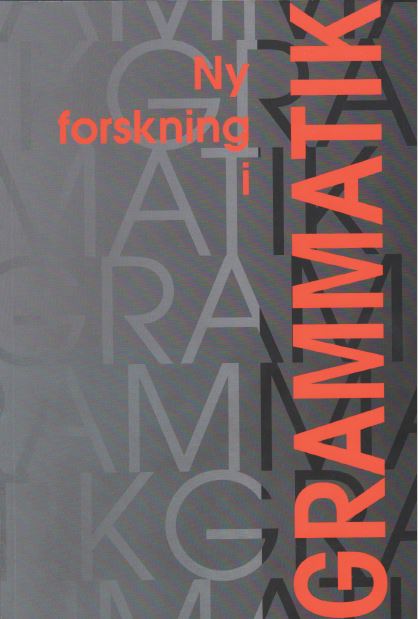Frekvens og modalverbumparadigmets semantiske udvikling fra ældre nydansk til moderne dansk
DOI:
https://doi.org/10.7146/nfg.v0i27.122136Resumé
In this paper, I analyze the development of the modal verb paradigm from Early Modern Danish to Modern Danish. The Early Modern Danish system is highly polysemous and far from isomorphic in the sense of a harmonious semantic system with one meaning corresponding to one form and vice versa. In comparison to this, the modern system has reduced polysemy through semantic specialization of central modal verbs. The paradigmatic development of the modal verbs from Early Modern Danish to Modern Danish can be understood as a levelling process, consisting of a series of interrelated push chains. This development is conditioned by the frequency of the other modal verbs. It is paradigmatically conditioned in the sense that the diachronic changes undergone by the individual modal verbs are interrelated. Since the development is explained as a frequency effect, the explanation is in line with usage-based approaches.
Downloads
Publiceret
Citation/Eksport
Nummer
Sektion
Licens
Forfatteren/forfatterne og Dansk Sprognævn har ophavsret til de artikler der bringes i tidsskriftet.





